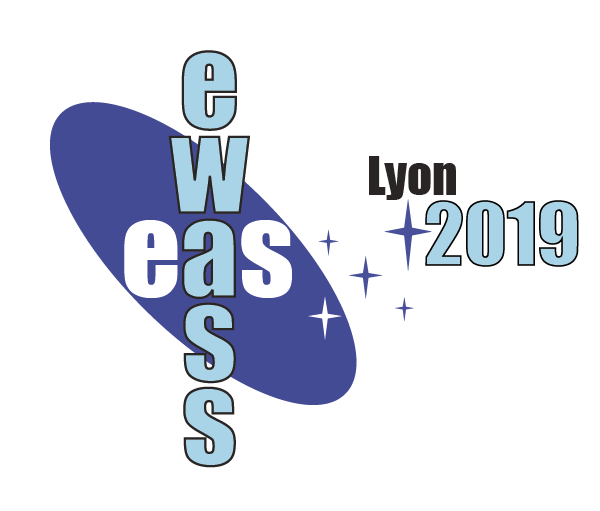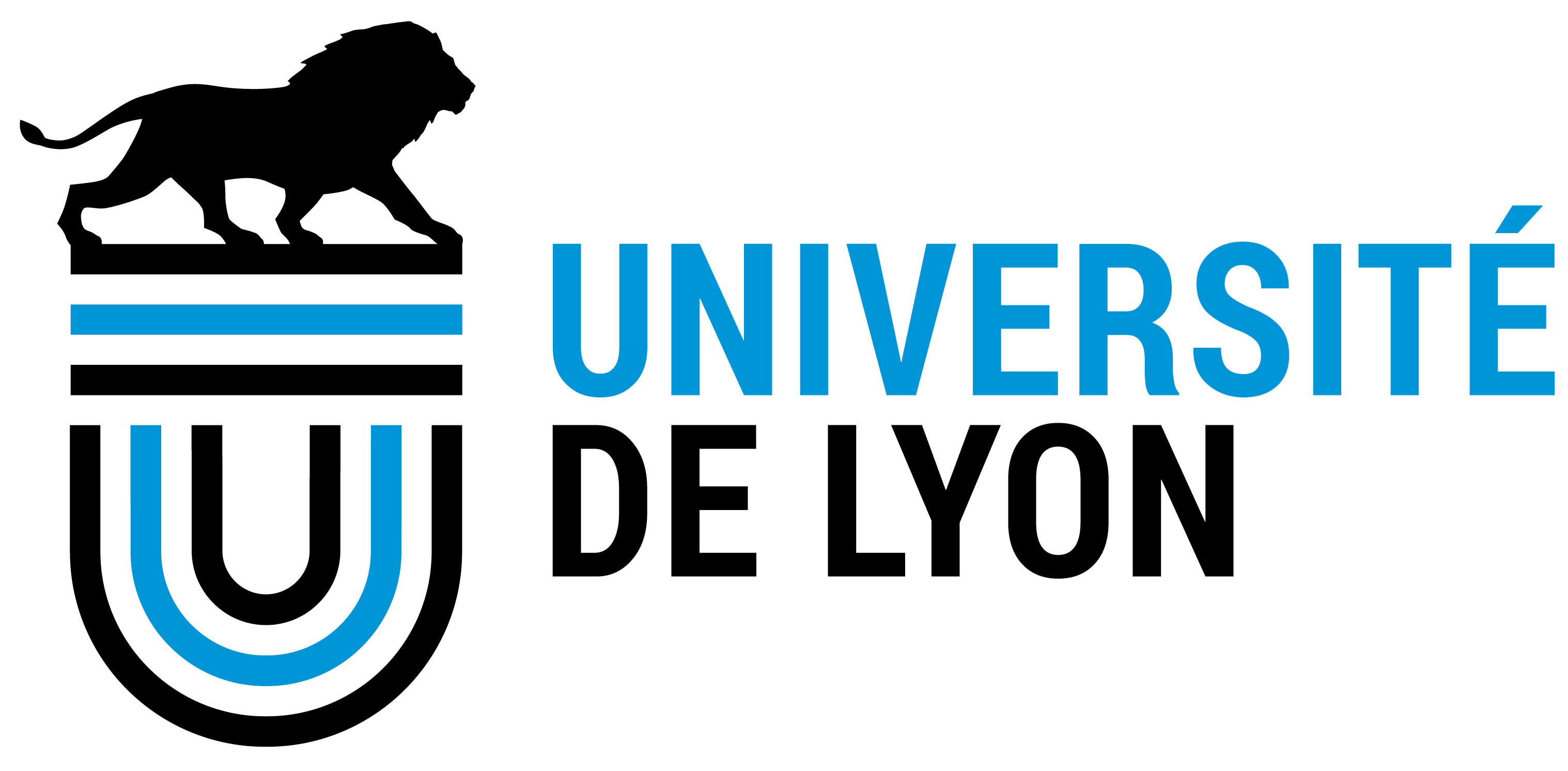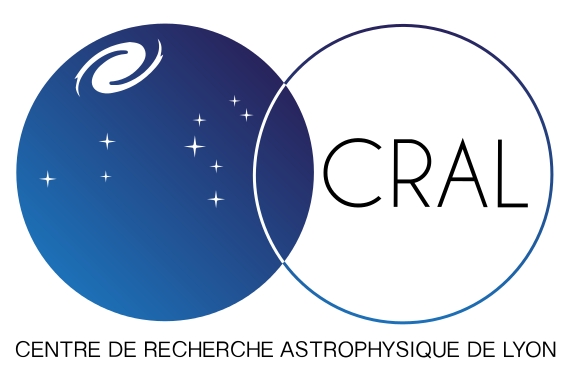Special Session SS7
28 June 2019
Dual Nuclei in Late Stage Galaxy Mergers and their Effect on Galaxy Evolution
News:
The registration is now open. To propose contributed talks and posters, please apply with an abstract. Posters will have short presentations as well.
Aims and scope
 Galaxy mergers are the most powerful drivers of galaxy evolution in our local Universe. Although they have been intensely studied in the past decade, the final stages of merging, when the supermassive black holes (SMBHs) of the individual galaxies are separated by kiloparsecs to sub-parsec scales, is still unexplored. Some of the larger questions that remain unanswered are what triggers dual/binary AGN activity in mergers and is there some critical condition for the onset of AGN activity? Why don't we detect more close SMBH pairs and what are the factors influencing the nuclei merger timescales? We also need to understand how starburst winds and AGN feedback affects the merging process as well as galaxy evolution as a whole. Other topics that will be included in this special session are feedback signatures on nuclear scales and the radio morphology of closely interacting nuclei hosting radio jets or outflows. The coming decade will be an era of large optical, near-infrared and radio telescopes with sub-parsec and milli-arcsecond resolution. Their surveys will be able to reveal a host of AGN related phenomena such as jets, parsec scale AGN activity and SMBH spin. Investigating such processes are essential for understanding the physics of two approaching SMBHs, their final coalescence and the emission of gravitational radiation. This special session is aimed at bringing together astronomers from both observational and numerical backgrounds to discuss topics in the following broad areas of dual nuclei research, (i) the multi-wavelegth detection of dual/binary AGN, (ii) modeling the final stages of galaxy mergers (iii) stellar and AGN feedback in merger remnants and (iv) the study of dual nuclei in the era of large telescopes. (Figure shows the SDSS DR12 optical image of MRK739).
Galaxy mergers are the most powerful drivers of galaxy evolution in our local Universe. Although they have been intensely studied in the past decade, the final stages of merging, when the supermassive black holes (SMBHs) of the individual galaxies are separated by kiloparsecs to sub-parsec scales, is still unexplored. Some of the larger questions that remain unanswered are what triggers dual/binary AGN activity in mergers and is there some critical condition for the onset of AGN activity? Why don't we detect more close SMBH pairs and what are the factors influencing the nuclei merger timescales? We also need to understand how starburst winds and AGN feedback affects the merging process as well as galaxy evolution as a whole. Other topics that will be included in this special session are feedback signatures on nuclear scales and the radio morphology of closely interacting nuclei hosting radio jets or outflows. The coming decade will be an era of large optical, near-infrared and radio telescopes with sub-parsec and milli-arcsecond resolution. Their surveys will be able to reveal a host of AGN related phenomena such as jets, parsec scale AGN activity and SMBH spin. Investigating such processes are essential for understanding the physics of two approaching SMBHs, their final coalescence and the emission of gravitational radiation. This special session is aimed at bringing together astronomers from both observational and numerical backgrounds to discuss topics in the following broad areas of dual nuclei research, (i) the multi-wavelegth detection of dual/binary AGN, (ii) modeling the final stages of galaxy mergers (iii) stellar and AGN feedback in merger remnants and (iv) the study of dual nuclei in the era of large telescopes. (Figure shows the SDSS DR12 optical image of MRK739).
Programme
- The multi-wavelegth detection of dual and binary AGN
- Supermassive black holes at kpc to sub-parsec separations: statistics
- Models of black hole mergers and their observational signatures
- Stellar and AGN feedback in merger remnants
- Cosmic evolution of mergers
- The study of dual nuclei in the era of large telescopes - what can we discover, and how
Invited speakers
- Silvia Bonoli (CEFCA)
- Andreas Eckart (University of Cologne)
- Bernd Husemann (MPIA-Heidelberg)
- Preeti Kharb (NCRA-TIFR)
- Michael Koss (Eureka Scientific Inc)
- Enrico Piconcelli (Observatorio Astronomico di Roma)
Scientific organisers
Mousumi Das (India) (Chair), Francoise Combes (France) (co-Chair), Kalliopi Dasyra (Greece), Cristian Vignali (Italy), Claudia Cicone (Italy), Jose M. Solanes (Spain), Andreas Eckart (Germany), Dave Alexander (UK), Huub Rottgering (Leiden).
Contact
mousumi @ iiap.res.in, francoise.combes @ obspm.fr
Updated on Thu Nov 29 06:30:55 CET 2018
|

 A power cut will shut down all EAS services on Tuesday, 10 January 2017 starting at 7:30 CET.
A power cut will shut down all EAS services on Tuesday, 10 January 2017 starting at 7:30 CET.





